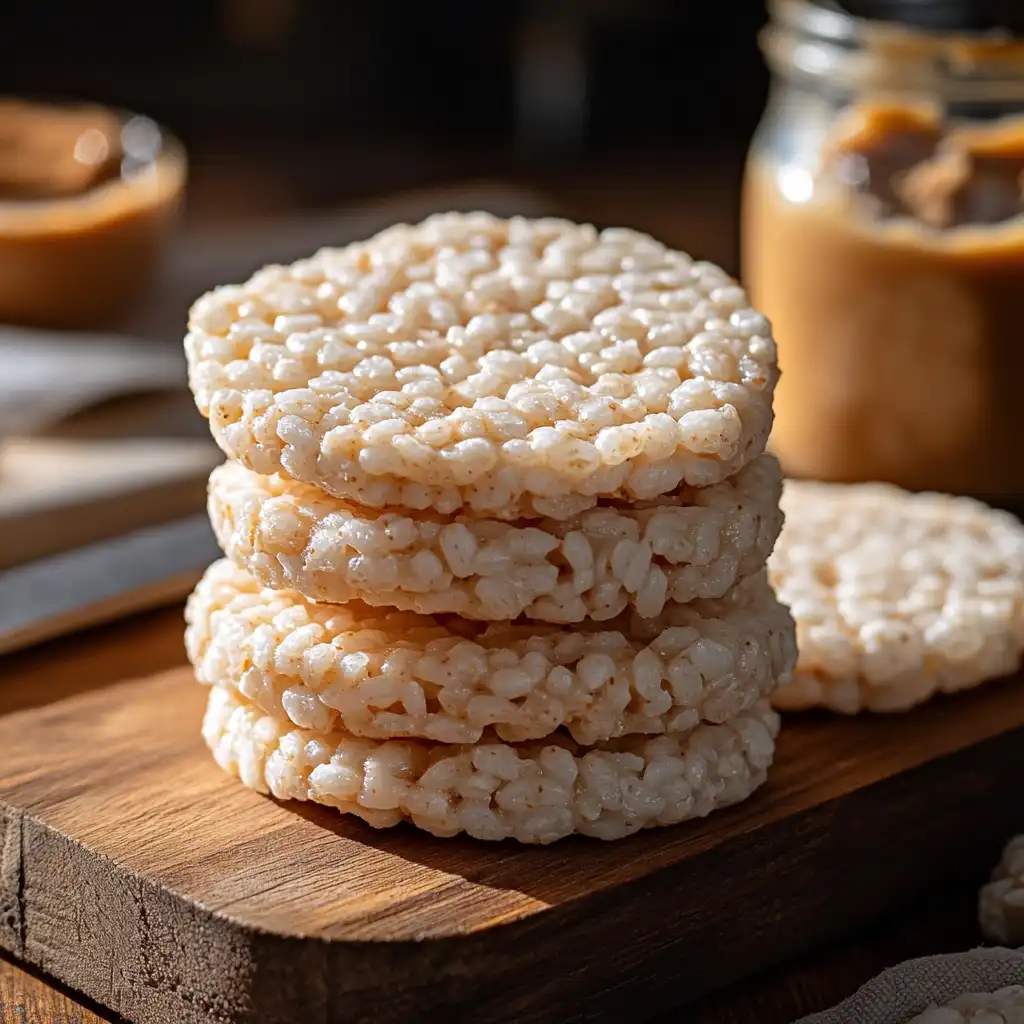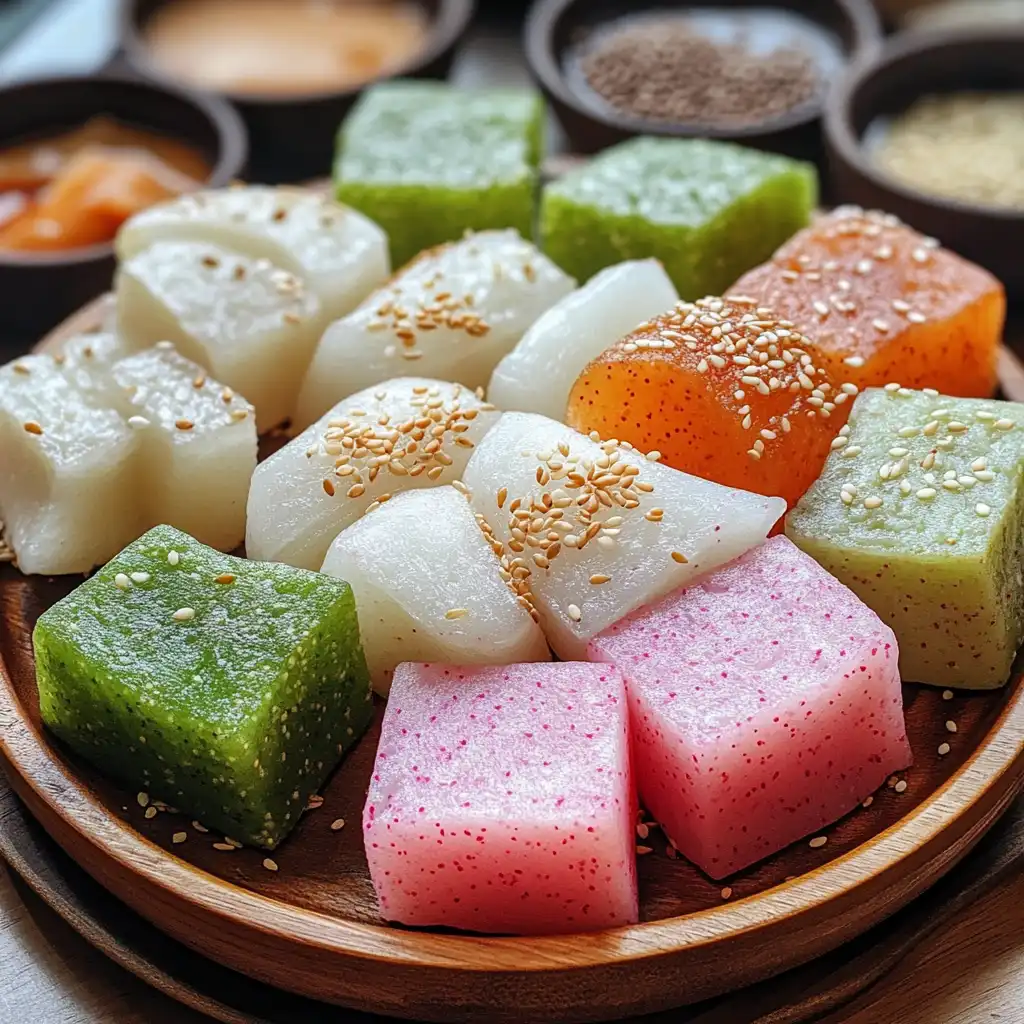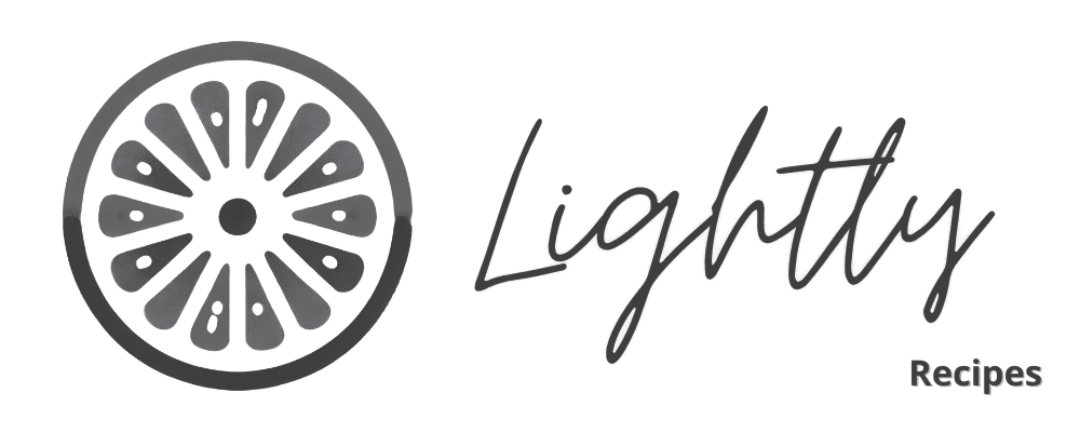
Rice cakes are an incredibly versatile and healthy snack, making them a favorite among health-conscious individuals. Whether you want a quick low-calorie bite or a gluten-free meal option, rice cakes offer endless possibilities. In this guide, we’ll explore rice cakes benefits and recipes that are perfect for creating nutritious snacks and creative meals.
Table of Contents
What Are Rice Cakes? A Look at Their Benefits and Recipes
Rice cakes are made by compressing or puffing rice grains into light, airy cakes. Their simple ingredients and portability make them a convenient choice for everyone. One of the key benefits of rice cakes is their ability to pair with diverse flavors, allowing for both sweet and savory recipes. This adaptability has made them a global snack staple.
Traditional Rice Cakes: Origins and Health Benefits
Rice cakes have been a staple in many Asian cuisines for centuries. For example, in Korea, tteok (steamed rice cakes) is a cultural symbol served during celebrations, weddings, and holidays. In China, niangao is a traditional dish during Lunar New Year, symbolizing good fortune and prosperity. These steamed rice cakes often feature glutinous rice for a chewy, dense texture.
In addition, Southeast Asian countries, such as Vietnam and Indonesia, have their own versions of rice cakes. Vietnamese banh tet, for instance, incorporates rice with mung beans and pork, wrapped in banana leaves.
Modern Rice Cakes: A Healthy and Convenient Snack
The modern rice cake, as we know it, became popular in the West during the health food movement of the late 20th century. Manufacturers began using heat and pressure to puff rice grains, creating airy, crispy cakes that are widely available today. Moreover, flavored versions such as chocolate, caramel corn, and apple cinnamon make them appealing to diverse palates.
To explore more about the origins of this healthy snack, visit Lightly Recipes.
Health Benefits of Rice Cakes for a Healthy Lifestyle
Rice cakes are more than just a quick and easy snack. They offer numerous health benefits, making them a favorite among fitness enthusiasts, dieters, and those with specific dietary restrictions.
1. Why Rice Cakes Are a Low-Calorie Snack Option
One of the major benefits of rice cakes is their low-calorie content. A single plain rice cake contains only 30–40 calories, making it ideal for those looking to manage their weight. However, topping them with nutrient-rich ingredients such as avocado, hummus, or nut butter ensures they remain satisfying.
2. Gluten-Free and Allergen-Friendly: Key Benefits of Rice Cakes
Rice cakes are naturally gluten-free and usually consist of minimal ingredients. For example, plain rice cakes typically contain just rice and salt, making them a safe choice for people with celiac disease or gluten sensitivities. Always check flavored varieties to ensure no added allergens.
3. Versatile for Special Diets
- Keto Adaptations: Thin rice cakes can serve as a low-carb bread alternative in keto diets.
- Vegan-Friendly: With plant-based toppings like tahini, almond butter, or roasted vegetables, rice cakes fit seamlessly into vegan meal plans.
- Paleo Diet: Use rice cakes as a base for paleo-friendly spreads such as cashew cream or ghee.
4. Quick Energy Source
Rice cakes are rich in carbohydrates, which provide a quick energy boost. As a result, they are excellent as pre-workout snacks when paired with protein-rich toppings.
Creative Rice Cakes Recipes for Every Taste
Rice cakes can transform into endless culinary delights. Whether you prefer savory snacks, sweet treats, or gourmet meals, here are some recipes for rice cakes to inspire your kitchen adventures:
Savory Rice Cakes Recipes for Balanced Meals
1. Avocado and Egg Breakfast Stack
- Spread mashed avocado onto a rice cake.
- Top it with a poached egg.
- Sprinkle with chili flakes and a dash of lime juice.
Why it works: This recipe combines healthy fats, protein, and fiber, perfect for a balanced breakfast.
2. Smoked Salmon and Cream Cheese Delight
- Spread a layer of cream cheese on a rice cake.
- Add slices of smoked salmon.
- Garnish with fresh dill and capers.
Why it works: This dish is high in omega-3 fatty acids and protein, making it great for brain health.
3. Hummus and Roasted Vegetables
- Spread hummus on a rice cake.
- Add roasted zucchini, eggplant, and bell peppers.
- Drizzle with balsamic glaze for a gourmet touch.
Why it works: The combination of plant-based protein and roasted flavors makes this an irresistible vegan option.
Sweet Rice Cakes Recipes to Satisfy Your Cravings
1. Peanut Butter and Banana Delight
- Spread peanut butter on a rice cake.
- Layer with banana slices.
- Sprinkle with chia seeds for added nutrition.
Why it works: This snack provides energy and potassium, making it perfect for an afternoon pick-me-up.
2. Chocolate and Berry Indulgence
- Spread a thin layer of dark chocolate spread on a rice cake.
- Top with mixed berries such as strawberries, blueberries, and raspberries.
Why it works: The antioxidants in berries complement the indulgence of chocolate.
3. Greek Yogurt and Granola Breakfast
- Add a dollop of Greek yogurt to a rice cake.
- Sprinkle with granola and drizzle honey on top.
Why it works: This recipe offers a combination of protein and crunch, ideal for mornings on the go.
Fusion-Inspired Recipes Using Rice Cakes
1. Griddled Rice Cakes with Furikake
- Shape cooked sushi rice into small patties.
- Grill the patties in a hot skillet until crispy.
- Sprinkle furikake seasoning over the top for a Japanese-inspired snack.
Why it works: This recipe combines the heartiness of sticky rice with umami-packed flavors.
2. Rice Cake Pizzas
- Spread marinara sauce on a rice cake.
- Add shredded mozzarella and your choice of toppings.
- Microwave or broil until the cheese melts.
Why it works: This quick pizza alternative satisfies cravings without the carbs of traditional crust.
For more creative recipes, visit Lightly Recipes.
Cultural Significance of Rice Cakes
Asian Traditions

Rice cakes hold deep cultural significance in many Asian countries:
- Korea: Tteok is associated with good fortune and is traditionally served during weddings and holidays.
- China: Niangao, often sweetened, symbolizes upward progress and prosperity.
- Vietnam: Banh tet is a sticky rice cake filled with savory or sweet ingredients, often enjoyed during Tet (Vietnamese New Year).
Western Adaptation
In Western countries, puffed rice cakes became synonymous with health-conscious eating. In addition, they are now a popular choice for dieters and fitness enthusiasts, appreciated for their convenience and versatility.
The Science Behind Rice Cakes
How Are Rice Cakes Made?
Traditional rice cakes involve soaking rice, grinding it into a paste, and steaming it into molds. In contrast, puffed rice cakes are made by applying heat and pressure to rice grains, causing them to expand.
Why Are They Low in Calories?
Rice cakes are mostly air, which explains their light texture and low-calorie content. However, pairing them with nutrient-dense toppings is essential to avoid an energy crash.
Market Trends and Popular Brands
1. Organic and Non-GMO Options
Brands like Lundberg Family Farms emphasize organic and non-GMO rice cakes, catering to the growing demand for clean-label snacks.
2. Flavor Innovations
Quaker offers a variety of flavored rice cakes, such as chocolate crunch, cheddar cheese, and caramel corn, appealing to diverse tastes.
Frequently Asked Questions
1. Are Rice Cakes Healthy?
Yes, rice cakes are a healthy snack. Their low calorie and gluten-free nature make them ideal for various diets.
2. Can Rice Cakes Help With Weight Loss?
Rice cakes can support weight loss when paired with protein and healthy fat-rich toppings that keep you feeling full.
3. What Are Some Popular Toppings?
Popular toppings include avocado, smoked salmon, peanut butter, Nutella with berries, and hummus with veggies.
Are Rice Cakes Actually Healthy?
Rice cakes can be considered a healthy snack, depending on how they fit into your diet and nutritional goals:
- Pros:
- Low in Calories: A plain rice cake typically contains 35–40 calories, making it a low-calorie snack option.
- Gluten-Free: Most rice cakes are naturally gluten-free, suitable for those with gluten intolerance.
- Versatile: Can be topped with nutrient-rich ingredients like avocado, nut butter, or lean protein.
- Cons:
- Low in Nutrients: They are not nutrient-dense and lack essential vitamins, minerals, and fiber.
- High Glycemic Index: Rice cakes can cause a spike in blood sugar, especially if consumed plain.
- Processed: Many flavored rice cakes may contain added sugars, salt, or artificial ingredients.
In moderation and paired with nutrient-rich toppings, rice cakes can be part of a healthy diet.
Why Do Bodybuilders Eat a Lot of Rice Cakes?
Bodybuilders favor rice cakes for several reasons:
- Quick Energy: The simple carbohydrates in rice cakes are easily digested, providing a fast energy source before or after workouts.
- Low Fat: Rice cakes are virtually fat-free, fitting into a macro-controlled diet focused on protein and carbs.
- Customizable: They can be paired with protein-rich toppings like peanut butter or cottage cheese to create a balanced snack.
- Convenient: Portable and shelf-stable, rice cakes are an easy snack option during a busy training schedule.
Rice cakes are especially beneficial for refueling glycogen stores and supporting muscle recovery.
Are Rice Cakes High in Carbs?
Yes, rice cakes are relatively high in carbohydrates, as they are made primarily from puffed rice:
- A single plain rice cake contains around 7–9 grams of carbohydrates.
- These carbs are mostly simple carbohydrates, which are quickly digested and absorbed, leading to a rapid increase in blood sugar levels.
For individuals managing carbohydrate intake, plain rice cakes can fit into a balanced diet when consumed in moderation and paired with protein or fat to stabilize blood sugar.
What Is Korean Rice Cake Made Of?
Korean rice cakes, or “tteok”, are traditional foods made primarily from rice:
- Main Ingredient: Glutinous rice (sticky rice) or non-glutinous rice, ground into flour and steamed or pounded into various shapes.
- Other Ingredients: Some variations may include red bean paste, nuts, seeds, or sweeteners like honey or sugar.
- Types:
- Savory Tteok: Often served in soups (e.g., tteokguk) or stir-fried with spicy sauces.
- Sweet Tteok: Includes options like songpyeon, filled with sweetened sesame seeds or chestnuts.
Korean rice cakes are chewy, versatile, and used in a variety of traditional and modern dishes.
Explore More Delicious Rice Cake Recipes 🍙
If you enjoyed learning about rice cakes, dive deeper into the world of healthy snacking and creative recipes! Discover our article on Are Rice Cakes Actually Healthy? to understand their nutritional benefits. Curious about their carb content? Check out Are Rice Cakes High in Carbs? for a detailed breakdown. For those interested in traditional recipes, explore What Are Rice Cakes Made Of? and learn about their origins.
Looking for more topping ideas? Try our High-Protein Desserts for a balanced snack or discover how bodybuilders use rice cakes in their diets with Why Do Bodybuilders Eat a Lot of Rice Cakes?
For a fusion-inspired twist, check out Rice Cake Pizzas or experiment with savory options like Griddled Rice Cakes with Furikake . With these resources, your rice cake creations will reach new heights! ✨
Conclusion
Rice cakes are a versatile, healthy snack with endless possibilities. Whether you enjoy them plain, loaded with creative toppings, or as part of traditional recipes, their benefits and adaptability make them a favorite worldwide. By exploring these rice cakes benefits and recipes, you can transform this simple snack into a culinary delight for any occasion.
For more exciting ideas, visit Lightly Recipes and start experimenting with your favorite rice cakes today!
Avocado and Egg Breakfast Stack on Rice Cake
Equipment
- Pan
- Spoon
Ingredients
Rice Cake Base
- 1 rice cake plain or flavored
Avocado Layer
- 1/2 medium avocado mashed
Egg Topping
- 1 egg poached
Seasoning
- to taste chili flakes
- 1 teaspoon lime juice freshly squeezed
Instructions
- Toast the rice cake lightly if desired for added crunch.
- Mash the avocado in a bowl until smooth and spread it evenly over the rice cake.
- Poach the egg according to your preference and place it gently on top of the avocado layer.
- Sprinkle chili flakes over the egg for a hint of spice and drizzle with fresh lime juice.

